The environmental impact of disposable diapers
Published 6:30 pm Thursday, December 2, 2021
Vladeep // Shutterstock
The environmental impact of disposable diapers
One baby uses roughly 3,000 disposable diapers each year, and can go through around 8,000 before being potty trained. Not only does this cost a lot of money—around $75 a month, or $900 a year—but it creates numerous negative environmental impacts.
To better understand the ways that disposable diapers can harm the environment, Nicki’s Diapers looked at data from a variety of news sources, governmental reports, parenting organizations, blogs, and websites about diapers and the environment.
Disposable diapers do not only harm the environment in obvious ways, such as by filling up landfills, but in other ways as well. For example, disposable diapers introduce feces into groundwater, and they also contribute to the problem of oil drilling, as they are made from plastic, a petroleum-based product.
While reusable cloth diapers are also not perfect—because cotton takes a lot of water to grow and washing the diapers also uses significant amounts of water—the fact is that babies need to be diapered. On the whole, disposable diapers introduce many serious problems and their use negatively impacts the environment.
![]()
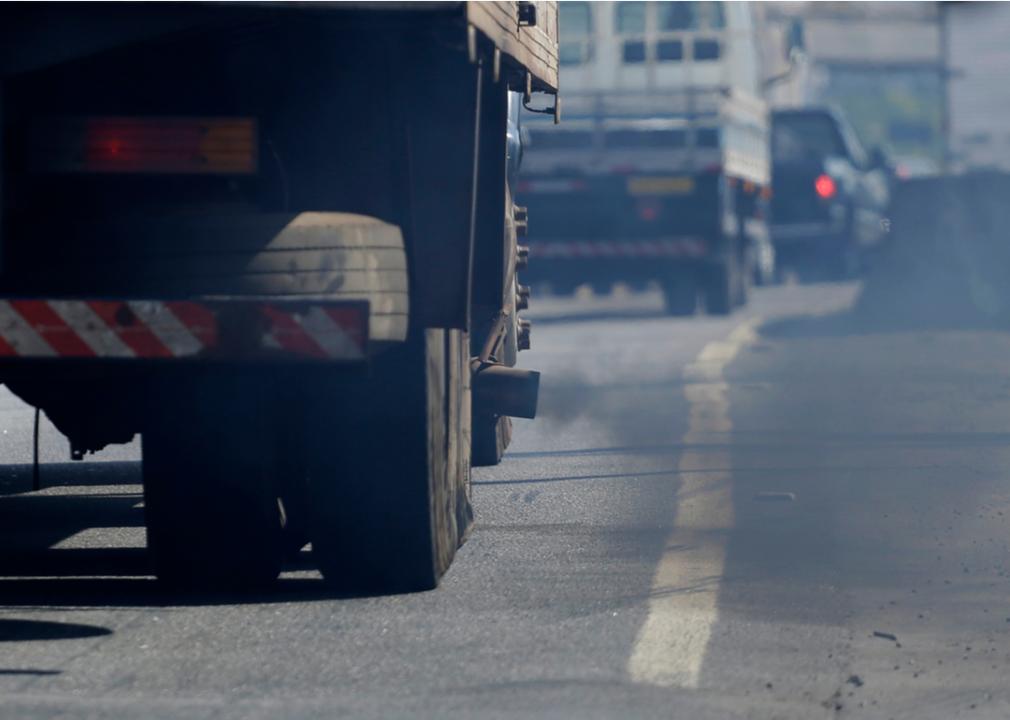
Nelson Antoine // Shutterstock
Transportation emissions as disposable diapers get to stores
Like every consumer product, disposable diapers need to get from the manufacturer all the way to the local store. Overseas shipping accounts for up to 4% of all human-caused carbon emissions, a number that could go as high as 17% by 2050. In the United States, trucks account for 60% of freight-related emissions. While disposable diapers are just one of many types of consumer goods that are moved nationally and internationally, the fact is that disposable products are the ones that need to be constantly replaced, which means more trucking and shipping, leading to more greenhouse gas emissions. And as one baby can go through 3,000 disposable diapers in a year, that’s a lot of diapers that need to be replaced.
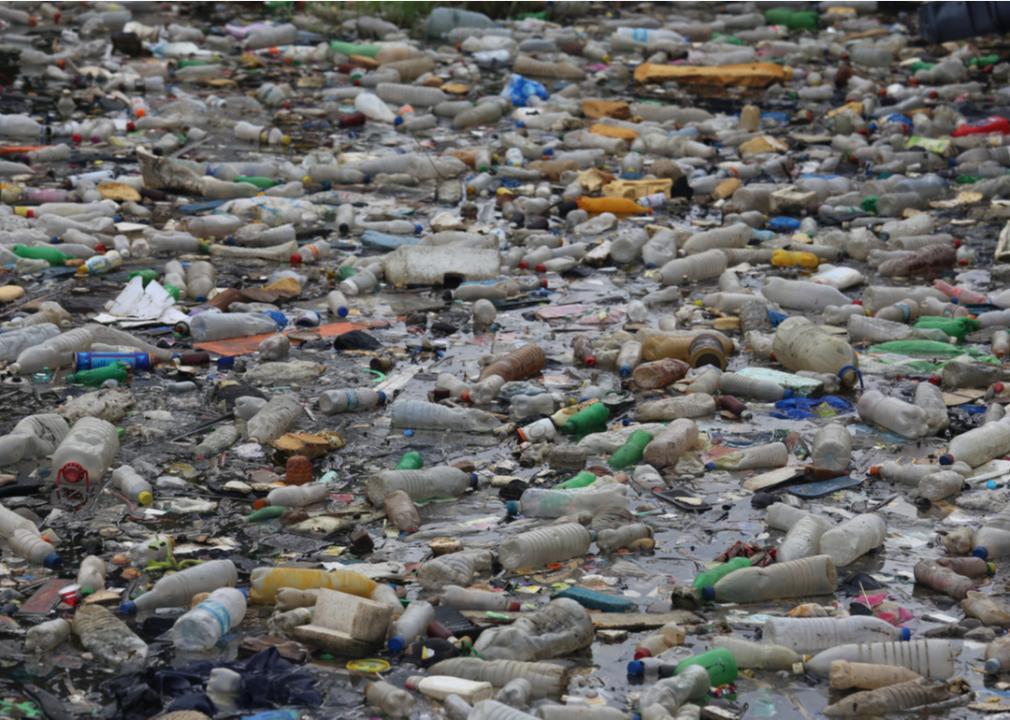
BOULENGER Xavier // Shutterstock
Use of nonrecyclable plastic
Disposable diapers are made primarily out of the types of plastic used in grocery bags, product packaging, and household products. Plastic is bad for the environment. It threatens wildlife both on land and in the sea. In addition, the kind of plastic used for diapers is not recyclable, meaning that it just sits in landfills and is not used for anything else when the diaper is thrown away after use.
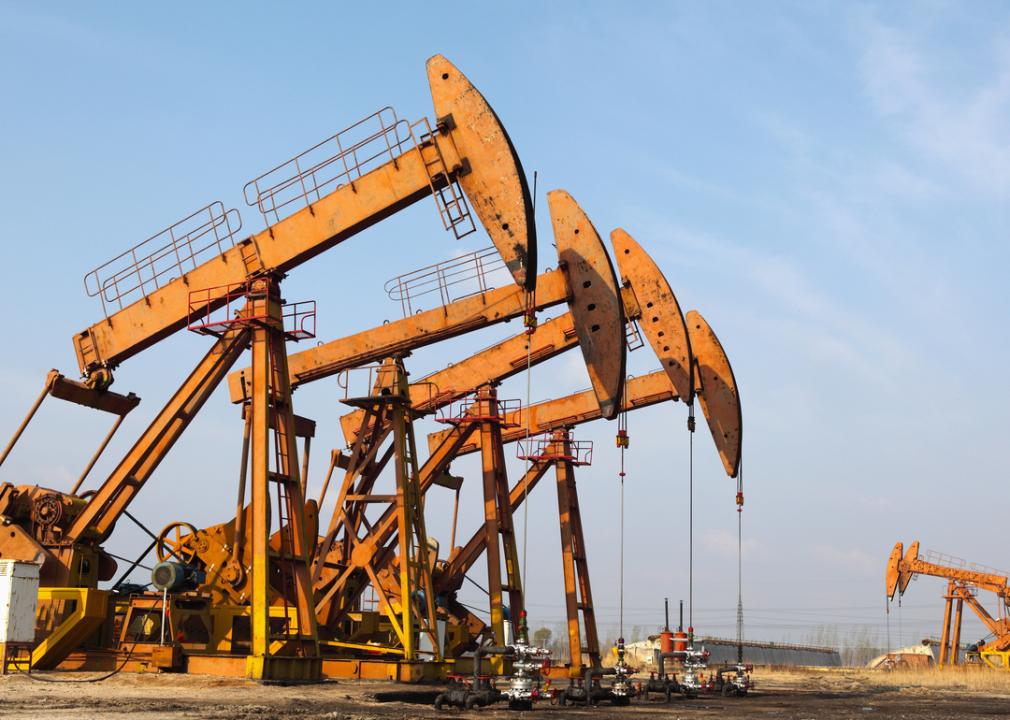
huyangshu // Shutterstock
Diapers are petroleum products
In addition, plastic is made out of petroleum. This means that oil is used to make plastic and therefore, disposable diapers. So for all the plastic needed to make disposable diapers, more oil has to be brought up from the ground. And oil drilling has a serious impact on the natural environment. Drilling projects generate pollution, fuel climate change, and disrupt wildlife and public lands. While cotton, which is used for disposable diapers, does use a lot of water to grow, its environmental impact is still less than that of plastic.
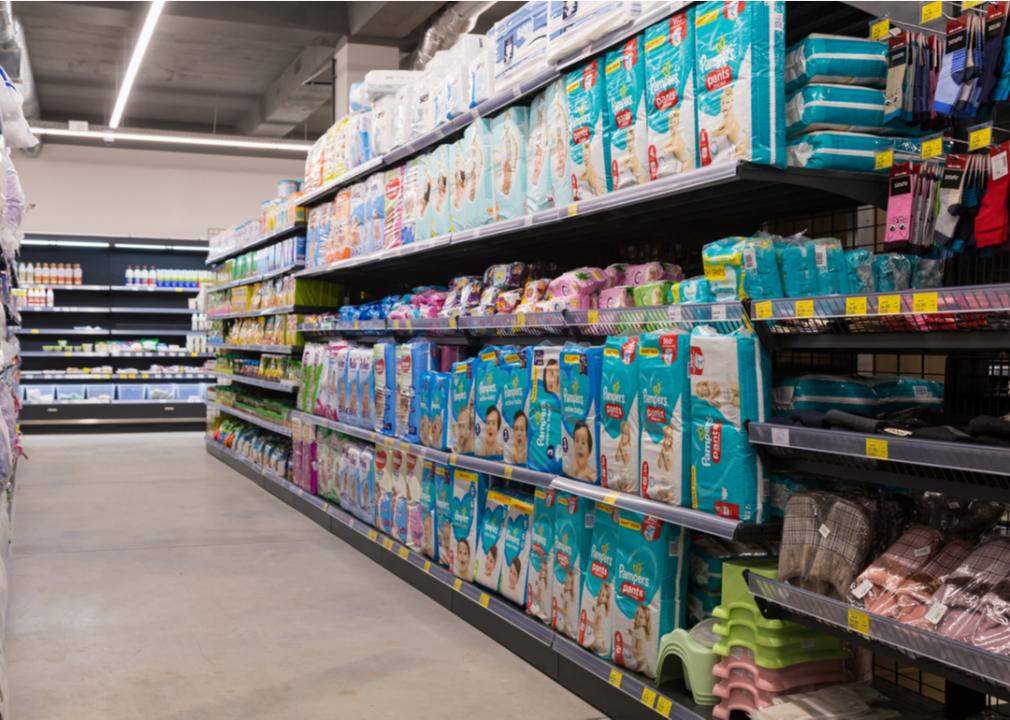
Gagarin Iurii // Shutterstock
Uses harmful chemicals
Disposable diapers contain numerous harmful chemicals that are used in their manufacturing. These chemicals come from adhesives, synthetic dyes, and perfumes used in diapers. They include volatile organic compounds like dipentene, ethylbenzene, toluene, and xylene. These chemicals are released into the air when exposed to heat. They also contain phthalates, which are dangerous. Experiments on lab animals have shown phthalates to be linked to reproductive health problems and early puberty. In humans, they may lead to problems with brain development in children.
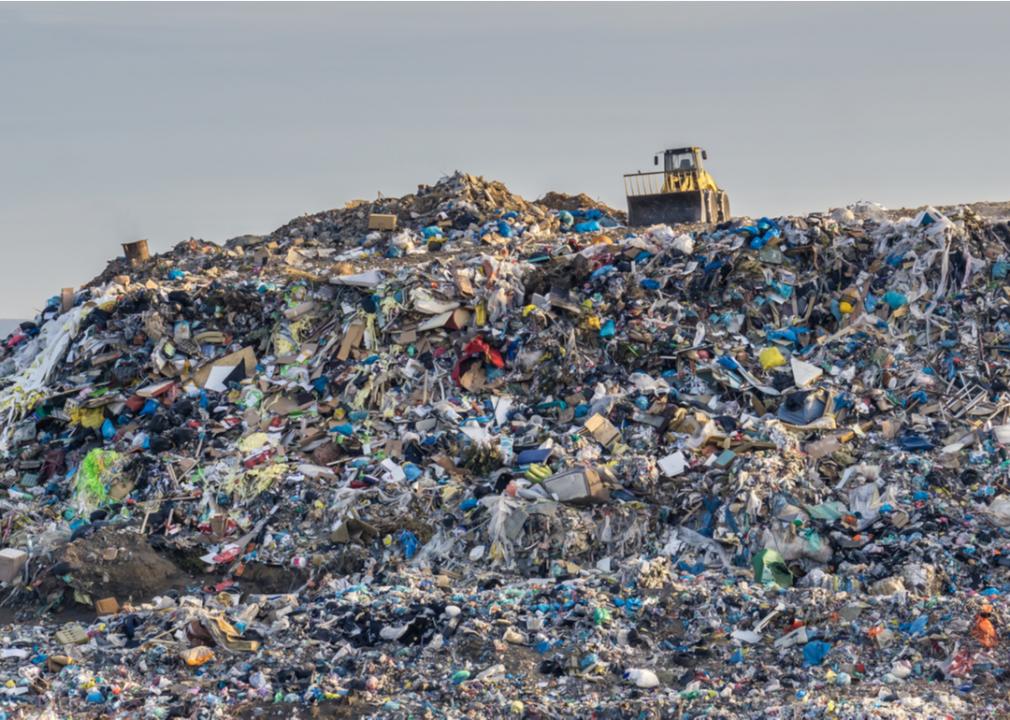
vchal // Shutterstock
Fills up landfills
With 4 million babies born each year in the United States, who could need up to 3,000 diapers per year for two to three years, each baby is likely to use up to 8,000 disposable diapers. In 2012, Americans threw nearly 3.6 million tons of disposable diapers in the garbage. This garbage ends up in landfills, where it sits for hundreds of years.
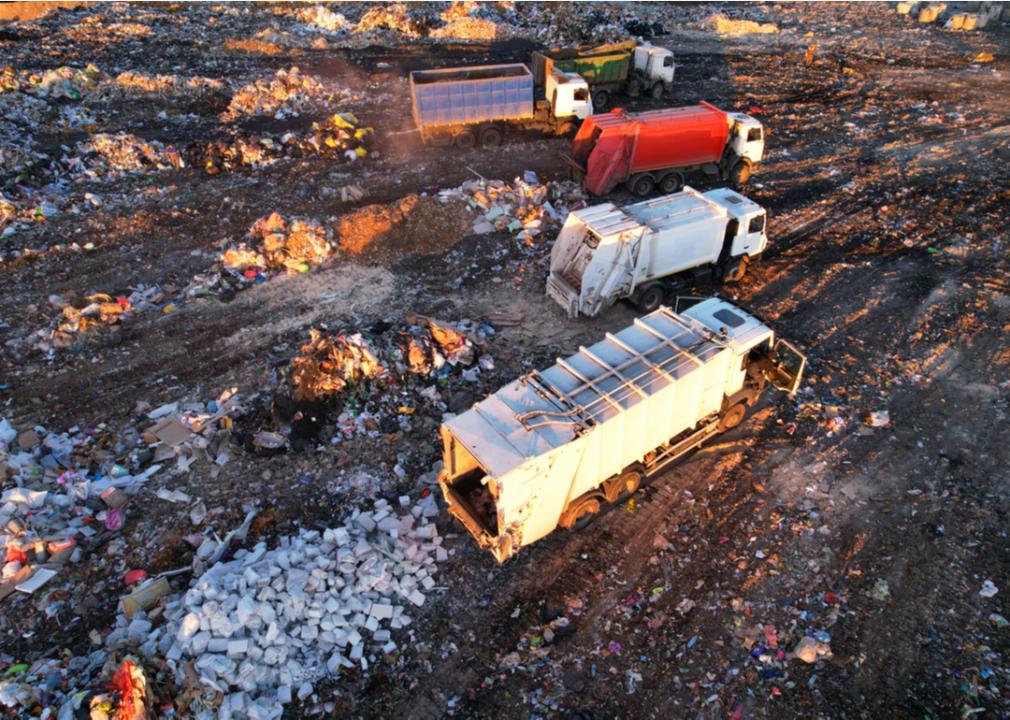
Maksim Safaniuk // Shutterstock
Releases greenhouse gases in landfills
When these disposable diapers get to the landfills, they don’t just take up valuable space. They also emit methane, a greenhouse gas that is 20 times more potent than carbon dioxide. This is especially important as the world struggles to slow down climate change, as methane has accounted for around 30% of global warming since pre-industrial times. There are disposable brands that sell compostable diapers and claim they can stay out of landfills and thereby avoid this outcome. However, since most parents don’t actually compost them, they have the same effect when they inevitably end up in landfills.
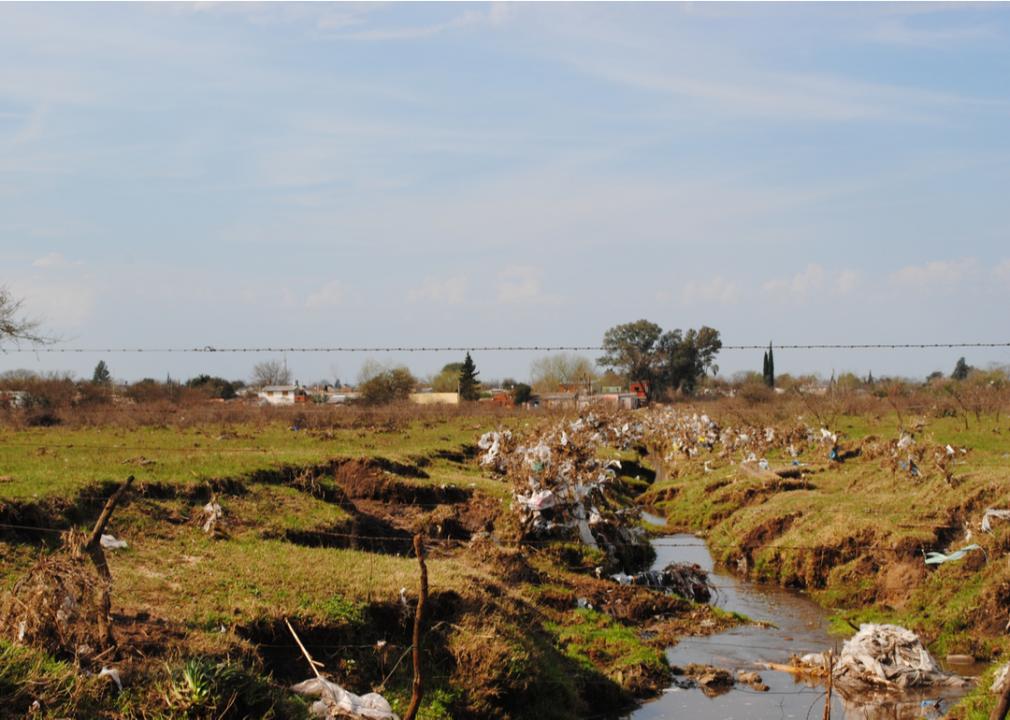
Cristian Gauna // Shutterstock
Introduces human feces to groundwater
Of course, disposable diapers that go to landfills aren’t clean diapers. They are dirty—filled with human baby feces. While disposable diaper packages often tell parents to wash the feces out of the diapers before throwing them away, many parents do not do this. Therefore, when these diapers end up in landfills, the fecal contents can leach out into groundwater, which is dangerous for the environment. This is especially true at older landfills. On the other hand, fecal waste from cloth diapers gets flushed down the toilet and goes through sewage treatment facilities.
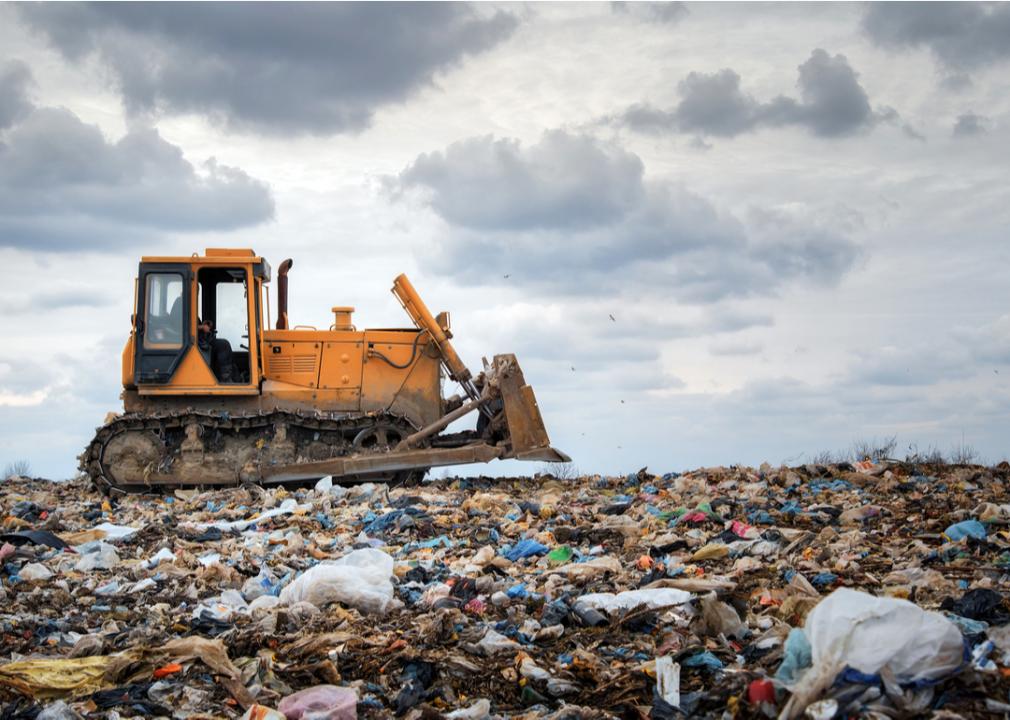
Perutskyi Petro // Shutterstock
Takes hundreds of years to decompose
Disposable diapers account for around 2% of landfill waste in the United States. Because they are made of plastics, they decompose very slowly. In fact, it can take up to 500 years for a disposable diaper to decompose. This means that diapers used at the beginning of this century won’t actually go away until around 2500. And that’s just an estimate. Since disposable diapers only began being sold in 1948, no one actually knows how long it will take because we haven’t been around long enough.
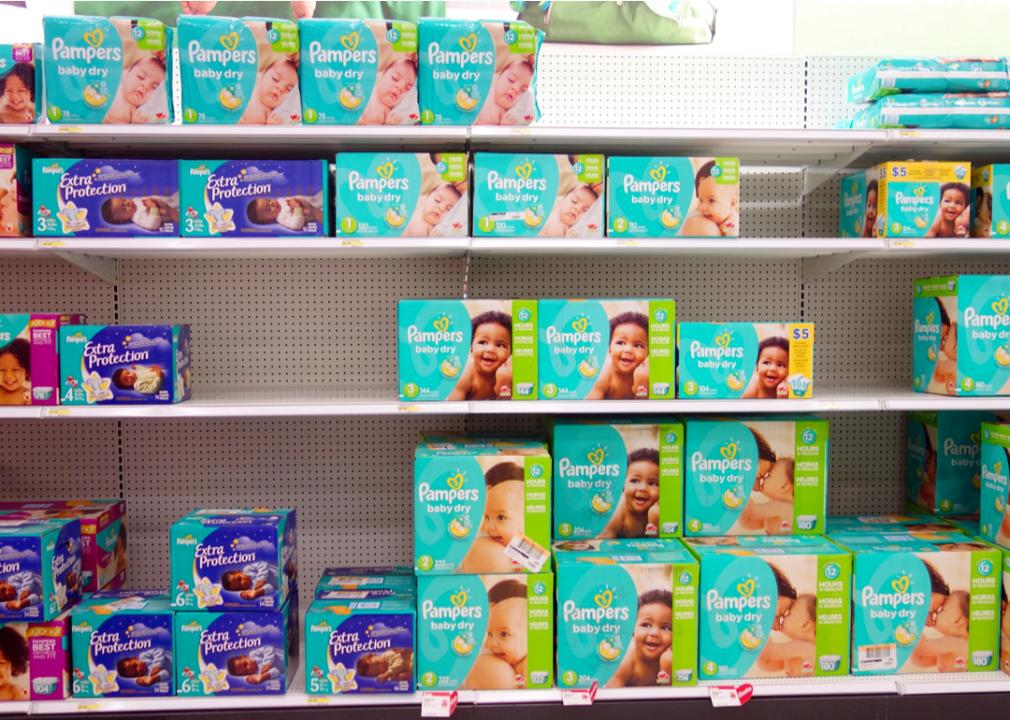
ValeStock // Shutterstock
Deplete the ozone layer
Disposable diapers also release ozone-depleting chlorofluorocarbons when they are in the landfill. The ozone is the earth’s protective layer: It absorbs a portion of the sun’s radiation and prevents it from reaching the earth’s surface. It also absorbs UVB rays, which have been linked to skin cancers, cataracts, and can harm some crops and marine life. Unfortunately, the more disposable diapers that are thrown away into landfills, the more harm it poses to the ozone layer.

BearFotos // Shutterstock
Use of carcinogens in manufacturing
Disposable diapers are made with some chemicals that are actually carcinogenic. In 2019, France’s national health agency found the presence of numerous chemicals, including low levels of glyphosate in disposable diapers. Glyphosate is an herbicide that the World Health Organization classifies as “probably carcinogenic.” In addition, diapers contain dioxin, which the Environmental Protection Agency says “is highly toxic and can cause cancer.”
This story originally appeared on Nicki’s Diapers
and was produced and distributed in partnership with Stacker Studio.






